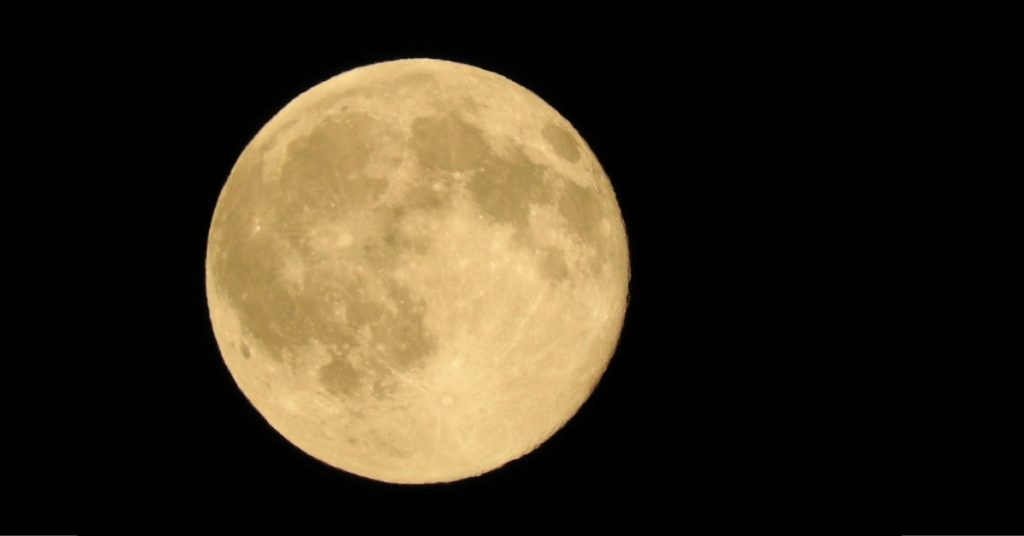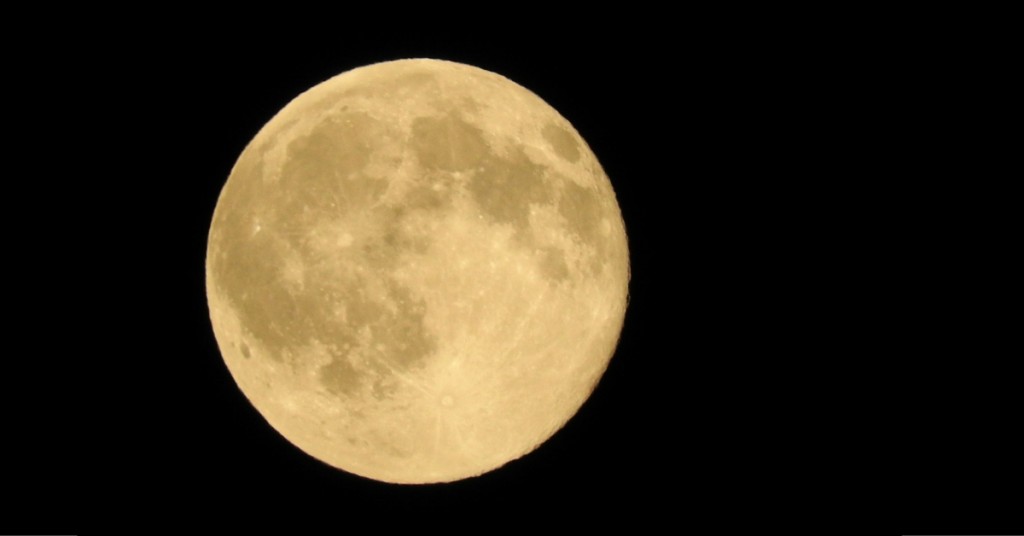A full moon is never just a full moon. For while they happen semi-regularly—about once a month, usually in the middle—where it falls in the year gives each full moon a special distinction. These originated primarily in New England, where many come Algonquin tribes passed them along to European settlers.
The Wolf Moon (January)
It’s the time of year in New England can wolves can be heard howling from the snowy forests.
The Snow Moon (February)
February is the dead of winter in New England. It was also known as the Hunger Moon because it was such a difficult period to hunt and kill animals.
The Worm Moon (March)
As the snow melts and springs emerge, worms start to emerge from the ground.
The Pink Moon (April)
Spring flowers and vegetation are just beginning to bloom, including the New England native pink ground phlox grass.
The Corn Moon (May)
It’s corn planting season.
The Strawberry Moon (June)
It’s when strawberry picking is at its peak in New England.
The Buck Moon (July)
That’s the time of year when bucks’ antlers start to become covered with hair.
The Sturgeon Moon (August)
It’s sturgeon-catching season.
The Harvest Moon (September)
Staples like corn, beans, and squash, are ready to pick in the early fall.
The Hunter’s Moon (October)
After the harvest, the leaves on the trees change color and fall off, leaving less foliage as coverage for animals.
The Beaver Moon (November)
Beavers are most active during November, because they’re prepping for the winter. It’s when beaver trappers would also prepare for winter: by laying out beaver traps to build up stocks of beaver fur.
The Cold Moon (December)
It’s December.
Blue Moon
Not tied to any particular month, a blue moon is when, doing to the quirks of the lunar calendar, a season enjoys four full moons instead of three. (How often do they come around? Once in a blue moon, of course.









